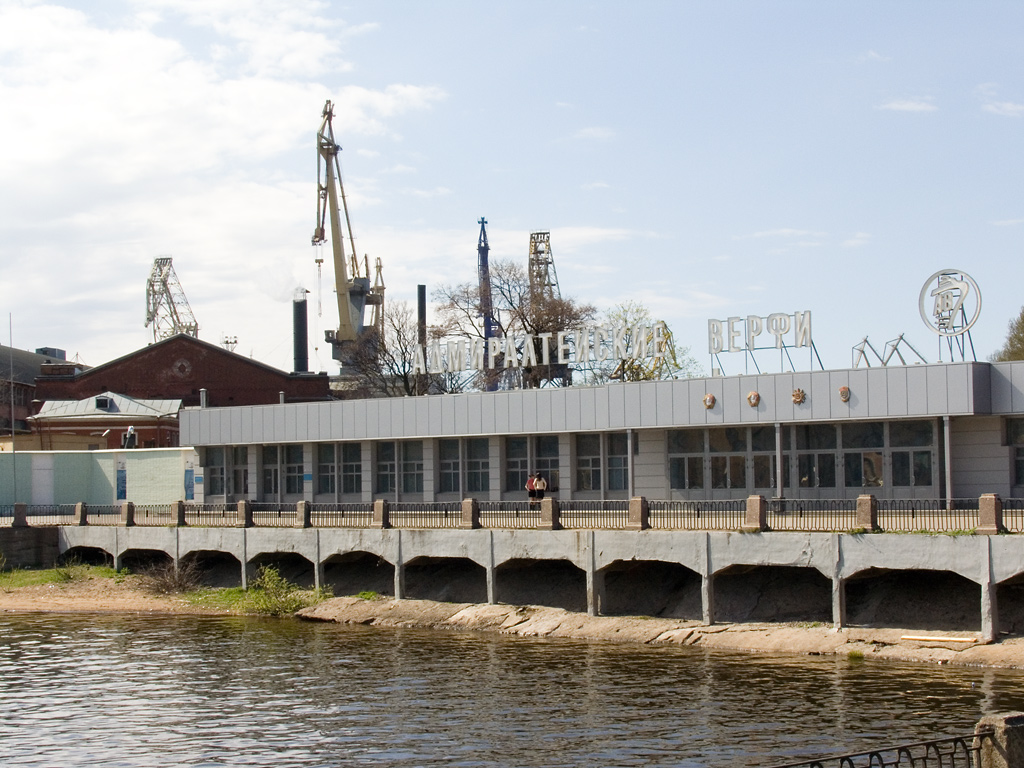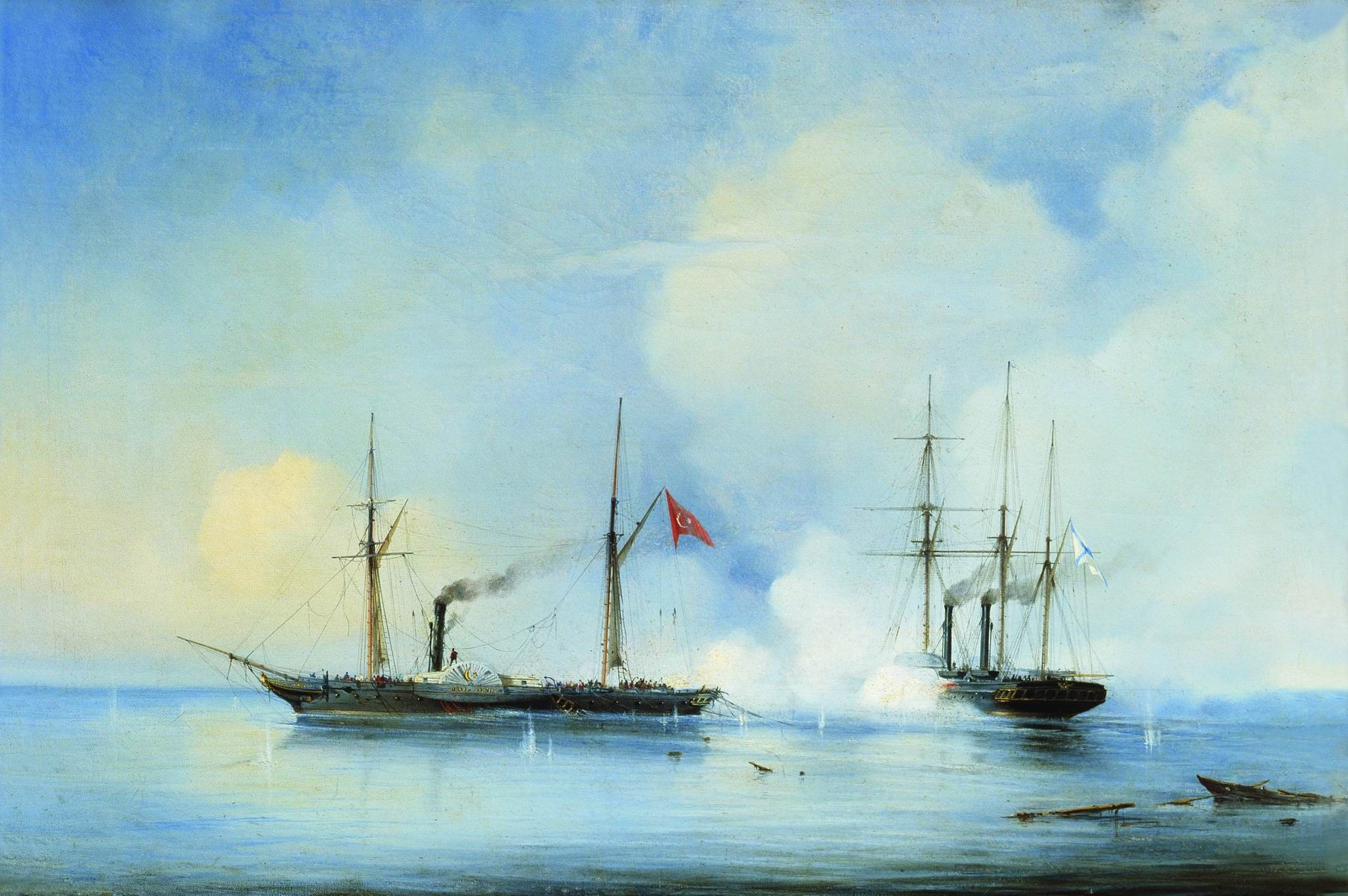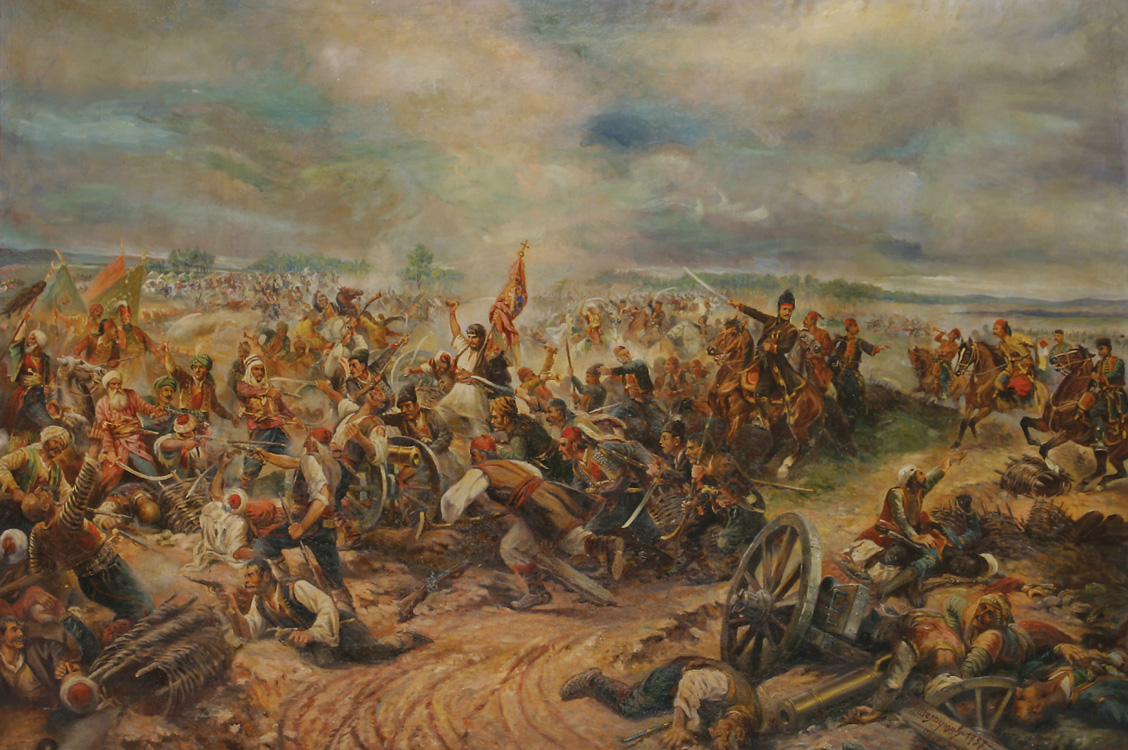|
Uragan-class Monitor
The ''Uragan'' class (also known as the ''Bronenosetz'' class, , "armor carrier" or "warship") was a class of monitors built for the Baltic Fleet of the Imperial Russian Navy.Gribovsky, 1996Lysenok, 1985Smirnov, 1983Smirnov, 1984 The ships were built to the plans of the American ''Passaic''-class monitors, a design that was tested on a smaller scale on . A total of 10 ships were constructed at five different shipyards in Saint Petersburg, all entering service in 1865. The ships were among the first ironclad warships in the Russian Navy.Eklof, 1994 Russian-American relations During the American Civil War Americans mistook Russian defensive moves as an indicator of support for the Union cause. Relations between Russia and Britain deteriorated further because of the British support — or what the Russians saw as sponsorship — of the Polish January Uprising of 1863. If war between Russia and Britain were to begin, it was thought likely that British and French Naval forces ... [...More Info...] [...Related Items...] OR: [Wikipedia] [Google] [Baidu] |
New Admiralty Yard
The JSC Admiralty Shipyards (russian: link=no, Адмиралтейские верфи) (''formerly Soviet Shipyard No. 194'') is one of the oldest and largest shipyards in Russia, located in Saint Petersburg. The shipyard's building ways can accommodate ships of up to , in length and in width. Military products include naval warships such as nuclear and diesel-powered submarines and large wikt:auxiliary#Noun, auxiliaries. History The shipyard was founded as the Galley Yard by Peter the Great during the Great Northern War on 5 November 1704 and located in the open ground along the Neva River behind the Admiralty building. The Admiralty Wharves official site (Russian) It was administered by the Russian Admiralty, hence its later name. In 1721 it was renamed ''Galley Wharf'' and in 1800 the ''New Admiralty Yard'', supplementing and in 1841 soon replacing the ''Galley Wharf''. In 1908, it was renamed the Admiralty Shipyard. In 1937 its two sections were known as ''Andre Marti'' ... [...More Info...] [...Related Items...] OR: [Wikipedia] [Google] [Baidu] |
Imperial Russian Navy
The Imperial Russian Navy () operated as the navy of the Russian Tsardom and later the Russian Empire from 1696 to 1917. Formally established in 1696, it lasted until dissolved in the wake of the February Revolution of 1917. It developed from a smaller force that had existed prior to Tsar Peter the Great's founding of the modern Russian navy during the Second Azov campaign in 1696. It expanded in the second half of the 18th century and reached its peak strength by the early part of the 19th century, behind only the British and French fleets in terms of size. The Imperial Navy drew its officers from the aristocracy of the Empire, who belonged to the state Russian Orthodox Church. Young aristocrats began to be trained for leadership at a national naval school. From 1818 on, only officers of the Imperial Russian Navy were appointed to the position of Chief Manager of the Russian-American Company, based in Russian America (present-day Alaska) for colonization and fur-trade developme ... [...More Info...] [...Related Items...] OR: [Wikipedia] [Google] [Baidu] |
Stepan Stepanovich Lessovsky
Stepan ( uk, Степань; pl, Stepań; he, סטפאן) is an urban-type settlement in Sarny Raion Sarny Raion ( uk, Сарненський район) is a raion in Rivne Oblast in western Ukraine. Its administrative center is the town of Sarny. Population: On 18 July 2020, as part of the administrative reform of Ukraine, the number of raion ... (raion, district) of Rivne Oblast (oblast, province) in western Ukraine. Its population was 4,073 as of the Ukrainian Census (2001), 2001 Ukrainian Census. Current population: The settlement is located in the historic Volhynia region of Ukraine, on the left bank of the Horyn, a tributary of the Pripyat (river), Prypiat. History The first written mention of Stepan dates back to 1290. In 1900, the Jewish population of Stepan totaled 1,854. During the World War II occupation of Ukraine, the Nazi German occupying forces established a Ghettos in Nazi-occupied Europe, Jewish ghetto, where nearly 3000 Jews were killed. In 1960, Stepa ... [...More Info...] [...Related Items...] OR: [Wikipedia] [Google] [Baidu] |
Grigory Butakov
Grigory Ivanovich Butakov (russian: Григорий Иванович Бутаков) (9 October 1820 – 31 May 1882) was a Russian admiral who fought in the Crimean War. Butakov is widely credited as being the father of steam-powered ship tactics during the 19th century. He was involved in the first battles of the Crimean War, which includes the first sea battles involving steam-powered ships. Butakov wrote of his experiences in his book: ''New Principles of Steamboat Tactics'' (1863), which won him the Demidov Prize. In 1881 Butakov assumed the role of Commander-in-Chief of the Port of St. Petersburg. He was also made a member of the State Council in March 1882. Shortly after gaining both titles however, Butakov fell seriously ill, and died on the 31 May 1882, aged 62. The minor planet 4936 Butakov was named in his memory. Early life Grigory Ivanovich Butakov was born 9 October 1820 in Riga; a large city in the Russian Empire (now in Latvia). Butakov's father was a distinguish ... [...More Info...] [...Related Items...] OR: [Wikipedia] [Google] [Baidu] |
USS Cumberland (1842)
The first USS ''Cumberland'' was a 50-gun sailing frigate of the United States Navy. She was the first ship sunk by the ironclad CSS ''Virginia''. ''Cumberland'' began in the pages of a Congressional Act. Congress passed in 1816 "An act for the gradual increase of the Navy of the United States." The act called for the U.S. to build several ships-of-the-line and several new frigates, of which ''Cumberland'' was to be one. Money issues, however, prevented ''Cumberland'' from being finished in a timely manner. It was not until Secretary of the Navy Abel Parker Upshur came to office that the ship was finished. A war scare with Britain led Upshur to order the completion of several wooden sailing ships and for the construction of new steam powered ships. Designed by famed American designer William Doughty, ''Cumberland'' was one a series of frigates in a class called the ''Raritan''-class. The design borrowed heavily from older American frigate designs such as ''Constitution'' an ... [...More Info...] [...Related Items...] OR: [Wikipedia] [Google] [Baidu] |
Battle Of Hampton Roads
The Battle of Hampton Roads, also referred to as the Battle of the ''Monitor'' and ''Virginia'' (rebuilt and renamed from the USS ''Merrimack'') or the Battle of Ironclads, was a naval battle during the American Civil War. It was fought over two days, March 8–9, 1862, in Hampton Roads, a roadstead in Virginia where the Elizabeth and Nansemond rivers meet the James River just before it enters Chesapeake Bay adjacent to the city of Norfolk. The battle was a part of the effort of the Confederacy to break the Union blockade, which had cut off Virginia's largest cities and major industrial centers, Norfolk and Richmond, from international trade.Musicant 1995, pp. 134–178; Anderson 1962, pp. 71–77; Tucker 2006, p. 151. This battle has major significance because it was the first meeting in combat of ironclad warships, and . The Confederate fleet consisted of the ironclad ram ''Virginia'' (built from the remnants of the burned steam frigate , newest warship for the United Stat ... [...More Info...] [...Related Items...] OR: [Wikipedia] [Google] [Baidu] |
Crimean War
The Crimean War, , was fought from October 1853 to February 1856 between Russia and an ultimately victorious alliance of the Ottoman Empire, France, the United Kingdom and Piedmont-Sardinia. Geopolitical causes of the war included the decline of the Ottoman Empire, the expansion of the Russian Empire in the preceding Russo-Turkish Wars, and the British and French preference to preserve the Ottoman Empire to maintain the balance of power in the Concert of Europe. The flashpoint was a disagreement over the rights of Christian minorities in Palestine, then part of the Ottoman Empire, with the French promoting the rights of Roman Catholics, and Russia promoting those of the Eastern Orthodox Church. The churches worked out their differences with the Ottomans and came to an agreement, but both the French Emperor Napoleon III and the Russian Tsar Nicholas I refused to back down. Nicholas issued an ultimatum that demanded the Orthodox subjects of the Ottoman Empire be placed ... [...More Info...] [...Related Items...] OR: [Wikipedia] [Google] [Baidu] |
Baltic Theatre Of The Crimean War
The Crimean War, , was fought from October 1853 to February 1856 between Russia and an ultimately victorious alliance of the Ottoman Empire, France, the United Kingdom and Piedmont-Sardinia. Geopolitical causes of the war included the decline of the Ottoman Empire, the expansion of the Russian Empire in the preceding Russo-Turkish Wars, and the British and French preference to preserve the Ottoman Empire to maintain the balance of power in the Concert of Europe. The flashpoint was a disagreement over the rights of Christian minorities in Palestine, then part of the Ottoman Empire, with the French promoting the rights of Roman Catholics, and Russia promoting those of the Eastern Orthodox Church. The churches worked out their differences with the Ottomans and came to an agreement, but both the French Emperor Napoleon III and the Russian Tsar Nicholas I refused to back down. Nicholas issued an ultimatum that demanded the Orthodox subjects of the Ottoman Empire be place ... [...More Info...] [...Related Items...] OR: [Wikipedia] [Google] [Baidu] |
Gulf Of Finland
The Gulf of Finland ( fi, Suomenlahti; et, Soome laht; rus, Фи́нский зали́в, r=Finskiy zaliv, p=ˈfʲinskʲɪj zɐˈlʲif; sv, Finska viken) is the easternmost arm of the Baltic Sea. It extends between Finland to the north and Estonia to the south, to Saint Petersburg in Russia to the east, where the river Neva drains into it. Other major cities around the gulf include Helsinki and Tallinn. The eastern parts of the Gulf of Finland belong to Russia, and some of Russia's most important oil harbors are located farthest in, near Saint Petersburg (including Primorsk). As the seaway to Saint Petersburg, the Gulf of Finland has been and continues to be of considerable strategic importance to Russia. Some of the environmental problems affecting the Baltic Sea are at their most pronounced in the shallow gulf. Proposals for a tunnel through the gulf have been made. Geography The gulf has an area of . The length (from the Hanko Peninsula to Saint Petersburg) is and t ... [...More Info...] [...Related Items...] OR: [Wikipedia] [Google] [Baidu] |
January Uprising
The January Uprising ( pl, powstanie styczniowe; lt, 1863 metų sukilimas; ua, Січневе повстання; russian: Польское восстание; ) was an insurrection principally in Russia's Kingdom of Poland that was aimed at the restoration of the Polish–Lithuanian Commonwealth. It began on 22 January 1863 and continued until the last insurgents were captured by the Russian forces in 1864. It was the longest-lasting insurgency in partitioned Poland. The conflict engaged all levels of society and arguably had profound repercussions on contemporary international relations and ultimately provoked a social and ideological paradigm shift in national events that went on to have a decisive influence on the subsequent development of Polish society. A confluence of factors rendered the uprising inevitable in early 1863. The Polish nobility and urban bourgeois circles longed for the semi-autonomous status they had enjoyed in Congress Poland before the previous insur ... [...More Info...] [...Related Items...] OR: [Wikipedia] [Google] [Baidu] |
Union (American Civil War)
During the American Civil War, the Union, also known as the North, referred to the United States led by President Abraham Lincoln. It was opposed by the secessionist Confederate States of America (CSA), informally called "the Confederacy" or "the South". The Union is named after its declared goal of preserving the United States as a constitutional union. "Union" is used in the U.S. Constitution to refer to the founding formation of the people, and to the states in union. In the context of the Civil War, it has also often been used as a synonym for "the northern states loyal to the United States government;" in this meaning, the Union consisted of 20 free states and five border states. The Union Army was a new formation comprising mostly state units, together with units from the regular U.S. Army. The border states were essential as a supply base for the Union invasion of the Confederacy, and Lincoln realized he could not win the war without control of them, especially Maryla ... [...More Info...] [...Related Items...] OR: [Wikipedia] [Google] [Baidu] |
American Civil War
The American Civil War (April 12, 1861 – May 26, 1865; also known by other names) was a civil war in the United States. It was fought between the Union ("the North") and the Confederacy ("the South"), the latter formed by states that had seceded. The central cause of the war was the dispute over whether slavery would be permitted to expand into the western territories, leading to more slave states, or be prevented from doing so, which was widely believed would place slavery on a course of ultimate extinction. Decades of political controversy over slavery were brought to a head by the victory in the 1860 U.S. presidential election of Abraham Lincoln, who opposed slavery's expansion into the west. An initial seven southern slave states responded to Lincoln's victory by seceding from the United States and, in 1861, forming the Confederacy. The Confederacy seized U.S. forts and other federal assets within their borders. Led by Confederate President Jefferson Davis, ... [...More Info...] [...Related Items...] OR: [Wikipedia] [Google] [Baidu] |







